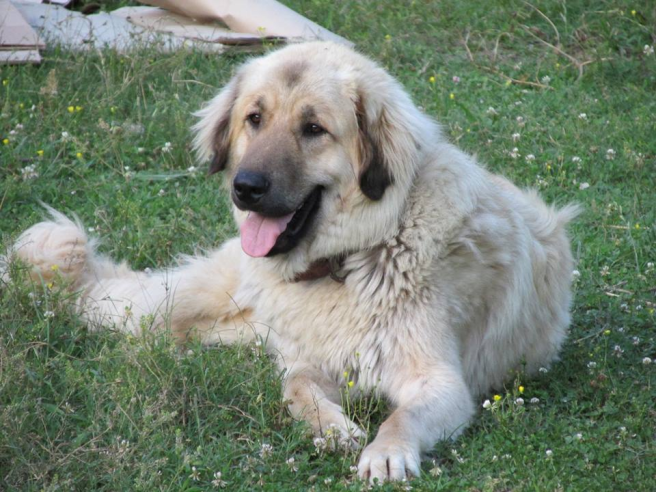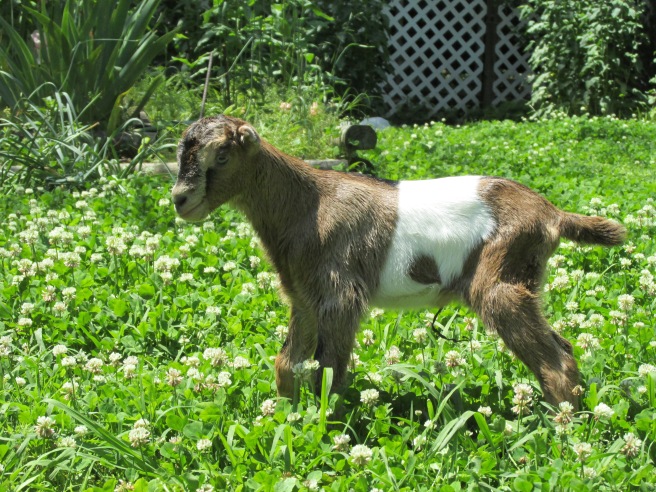 The weather is starting to cool off around here, and I’m starting to crave atole which is a Mexican pumpkin drink. Speaking of pumpkins, my family grows one that has a lot of history behind it. My dad, George McLaughlin asked if I would share an article that he wrote October 7th, 2016, with you all.
The weather is starting to cool off around here, and I’m starting to crave atole which is a Mexican pumpkin drink. Speaking of pumpkins, my family grows one that has a lot of history behind it. My dad, George McLaughlin asked if I would share an article that he wrote October 7th, 2016, with you all.
“Old Timey Cornfield Pumpkin
I received seed for this squash from Rodger Winn of Little Mountain, South Carolina, in 2008 or 2009. I met Rodger on Gardenweb (now part of Houz). I believe he is active in a couple of southern seed conservancies, including the Southern Exposure Seed Conservancy. This is the traditional squash grown in his area. Rodger shared with me that the Old Timey Cornfield Pumpkin was popular before mechanization. At that time farmers would plow their fields with animals, plant their corn and a little after the corn got going they would plant this squash on the edges of the field. The corn would mature as the squash got sprawling and, when the corn stalks started drying and dying down, Old Timey Cornfield Pumpkin would then go bananas, growing over top of any weeds which wanted to take advantage of the additional sunlight afforded by the dying corn. In the fall, they would harvest squash and pumpkins as they cleared the field. The pumpkin was an important part of their weed suppression strategy, and, its fruit fed both man and beast.
While modern farming methods are not well suited to this kind of combination growing scheme. It still has great potential for people who wish to grow more of their own food in more of a gardening style approach. Here in our part of Oklahoma, for instance, we battle with Bermuda and Johnson grass. These grasses can take a garden over during the weeks that it is too hot and dry to cultivate. But Old Timey Cornfield Pumpkin is not only insect resistant. If started early enough, it’s pretty drought tolerant, and it smothers invasive weeds!
The fruit are tan colored, ribbed and recognizably of a Jack O’Lantern shape. They can weigh between 3 and 30 lb. Most seem to weigh about 10 lb. The flesh is deep orange in color and has some texture when cooked. Yet, in the mouth, it seems stringless. Its flavor is good. It tastes about like a butternut squash. The skin is not real hard. This pumpkin would work for carving, though I have never had the heart to waste one by cutting a face into it. Seeds are average in size. They do roast well as snacks.
This squash grows rampantly! One plant could fill up an area about 10X15.’ Sometimes the vines run much farther. One year I grew it under our fruit trees. Five or six plants overran our grape arbor and almost completely covered two peach trees and two or three semi dwarf apple trees. We picked a couple hundred pounds of squash, some of which were still usable at 10 months in storage.
Old Timey Cornfield Pumpkin presents the gardener with 2 main challenges: 1) To plant it where it won’t gobble up another crop, 2) To learn to use cooked pumpkin for more than just pumpkin pie! It is what I call a “feel good crop,” in that it’s a good one to grow if you want to get a child hooked on gardening, or if your own gardening ego needs a bit of a boost. It succeeds and does so spectacularly in our Oklahoma conditions!”
These pumpkins are one of my favourite fall crops. Like I said at the beginning of this post, I love to make a pumpkin drink out of them. They aren’t only for making pies.
Here is the recipe for Atole which I referred to at the begining of this post. It’s a great way to make a homemade pumpkin drink:Americanized Pumpkin Atole
*To a blender add:
1 egg
a few glugs of molasses
some sugar (brown or white)
2 cups of cooked squash(pumpkin)
¼ teaspoon nutmeg
½ teaspoon ginger
½ teaspoon ground cinnamon
1/8 teaspoon of ground cloves
optional – 2 or 3 tablespoons of peanut butter
*Milk (at least a pint)
*Blend this all up and taste to see if it needs more sweetening.
*Pour the mix into a pot and heat until just boiling. I normally pour this mix into a two quart pot and add some additional milk before heating it.
*Serve and enjoy!









 The weather is starting to cool off around here, and I’m starting to crave atole which is a Mexican pumpkin drink. Speaking of pumpkins, my family grows one that has a lot of history behind it. My dad, George McLaughlin asked if I would share an article that he wrote October 7th, 2016, with you all.
The weather is starting to cool off around here, and I’m starting to crave atole which is a Mexican pumpkin drink. Speaking of pumpkins, my family grows one that has a lot of history behind it. My dad, George McLaughlin asked if I would share an article that he wrote October 7th, 2016, with you all.